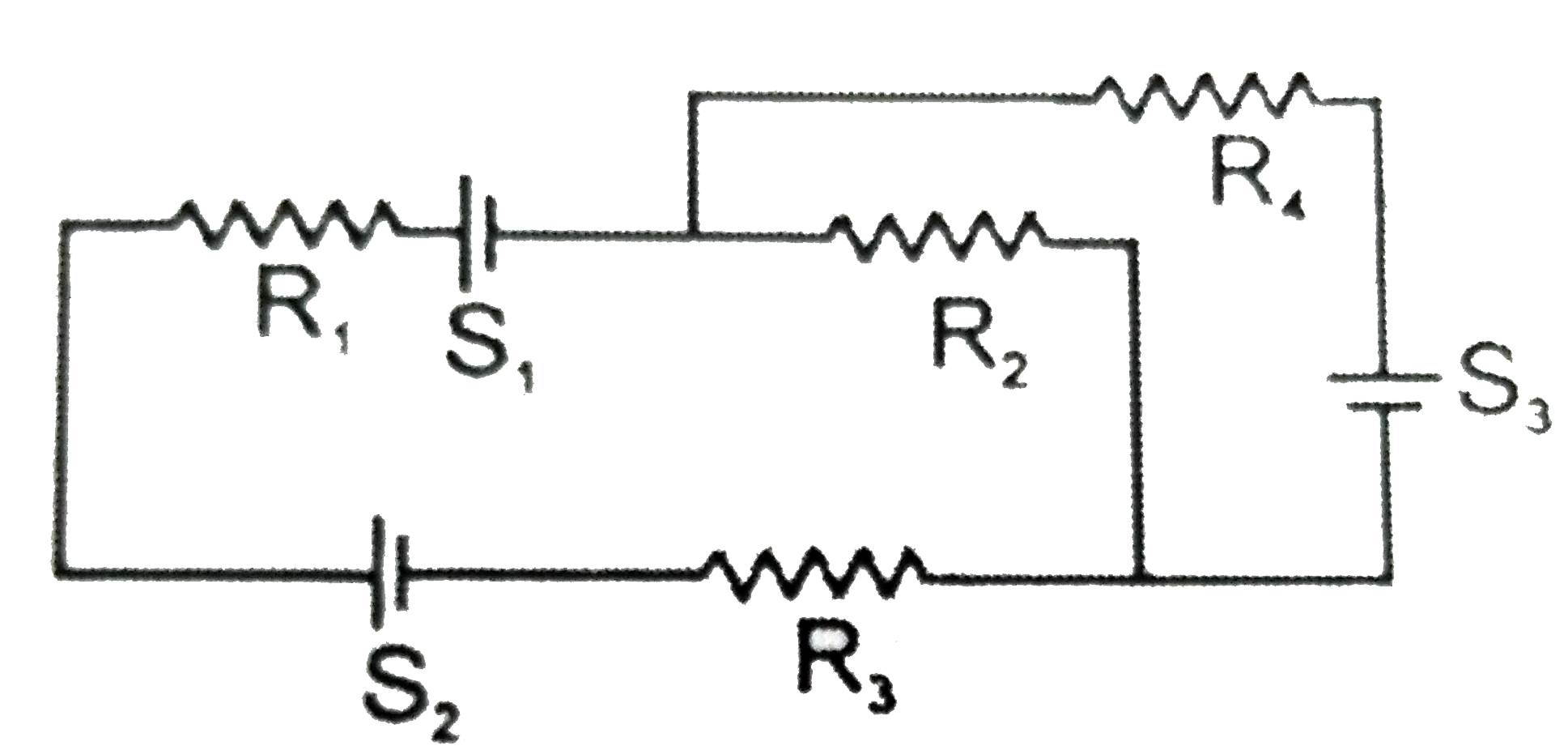When electric cells are connected in series the electromotive force
Increase
Decreases
Remain same
become zero
To solve the question about the behavior of electromotive force (EMF) when electric cells are connected in series, we can follow these steps:
1. Understanding Series Connection:
- When electric cells are connected in series, the positive terminal of one cell is connected to the negative terminal of the next cell. This arrangement allows the voltages (or EMFs) of the cells to add up.
2. Identifying EMF of Each Cell:
- Let's denote the EMF of the first cell as E1, the second cell as E2, and the third cell as E3. Each cell has its own EMF value.
3. Calculating Total EMF:
- The total EMF (Etotal) of the series combination can be calculated using the formula:
Etotal=E1+E2+E3
- This means that if you have multiple cells connected in series, their EMFs will add together.
4. Conclusion:
- Therefore, when electric cells are connected in series, the total EMF increases. It does not remain the same or become zero.
Final Answer:
When electric cells are connected in series, the electromotive force will increase.
---
- When electric cells are connected in series, the positive terminal of one cell is connected to the negative terminal of the next cell. This arrangement allows the voltages (or EMFs) of the cells to add up.
- Let's denote the EMF of the first cell as E1, the second cell as E2, and the third cell as E3. Each cell has its own EMF value.
- The total EMF (Etotal) of the series combination can be calculated using the formula:
Etotal=E1+E2+E3
- This means that if you have multiple cells connected in series, their EMFs will add together.
- Therefore, when electric cells are connected in series, the total EMF increases. It does not remain the same or become zero.
When electric cells are connected in series, the electromotive force will increase.
Topper's Solved these Questions
Similar Questions
Knowledge Check
When the resistors are connected in series, then
Acurrent through each resistor is same as the total current in the circuitBvoltage across each resistor is same as the total voltage in the circuitCthe sum of the current passing through each resistor is same as the total current in the circuitDthe effective resistance is less than the smallest of the Individual resistanceUnit of electromotive force is
AvoltBsecondCmetreDms−1Unit of electromotive force is
AvoltBsecondCmetreDms−1
Explain electromotive force.
View SolutionTwo cells connected in series have electromotive force of 1.5 V each. Their internal resistances are 0.5Ω and 0.25Ω respectively. This combination is connected to a resistance of 2.25Ω. Calculate the current flowing in the circuit and the potential differnce across the terminals of each cell.
View SolutionUnit of electromotive force is
View SolutionWhen cells are arranged in series
View SolutionWhen cells are connected in parallel then
View Solution


